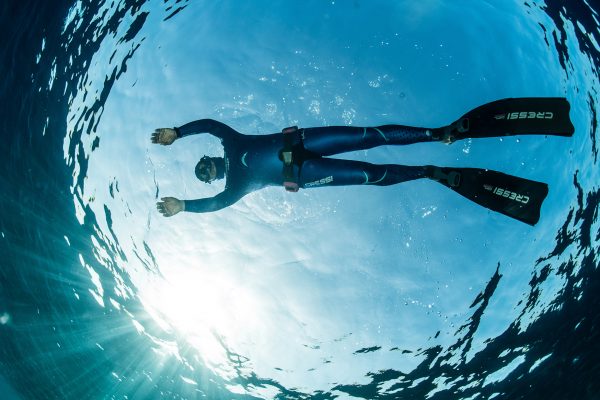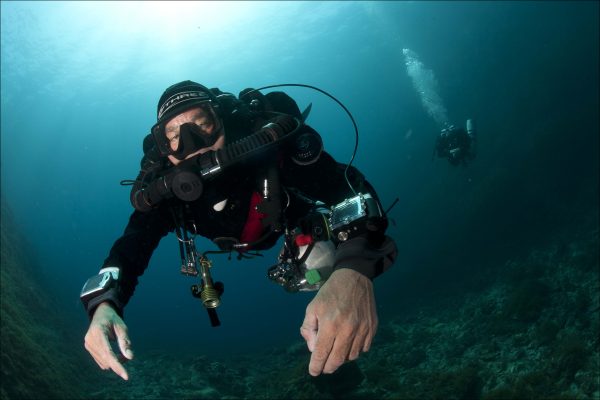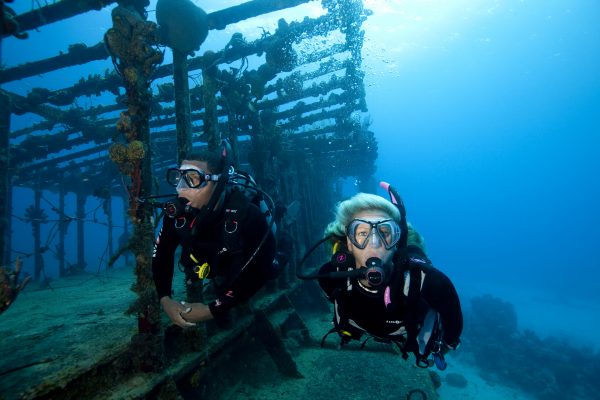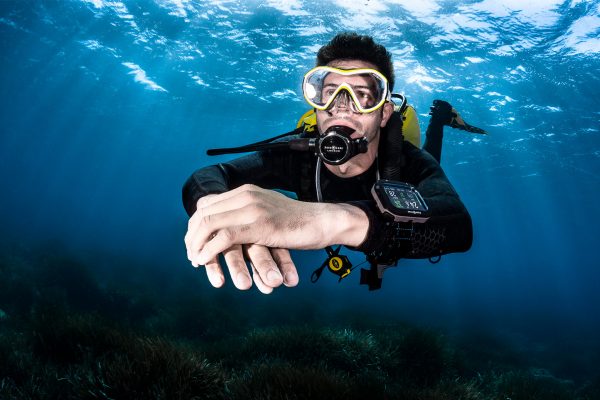RAID Drysuit
Keep warm and keep diving!
For some, the fear of being cold can far outweigh the love of diving. During the cooler months, Victoria’s diving comes alive, the visibility improves along with the weather needed to go and explore our amazing southern waters.
This program covers all you need to know about drysuit diving and takes you through all the different aspects which are important for new and experienced divers.
In the academics, we will cover topics such as;
- Hypothermia
- Facts to be considered when diving
- Drysuit construction and how they stay dry
- Best suit for recreational diving and how do you know if it fits correctly
- Insulation and undergarments
- Seals, zips, valves and accessories
- Buoyancy and inflation systems
- Annual servicing
The confined water sessions will allow you to master buoyancy control and put to rest any fears you may have about this aspect before you venture out into open water. With a large emphasis on weighting, control and trim you will be ready to jump into the open water sessions in no time.
The first open water dive will be a shallow dive where you can once again spend time developing the necessary skills needed to dive in a drysuit before heading out for the second dive of which one will be from a boat. The boat dive will allow you to dive your new suit whilst under the supervision and guidance of your instructor. The skills that you will learn with this programme will help you to become a comfortable and safe drysuit diver.
So what are you waiting for? Winterproof your diving and explore the oceans and keep toasty warm!
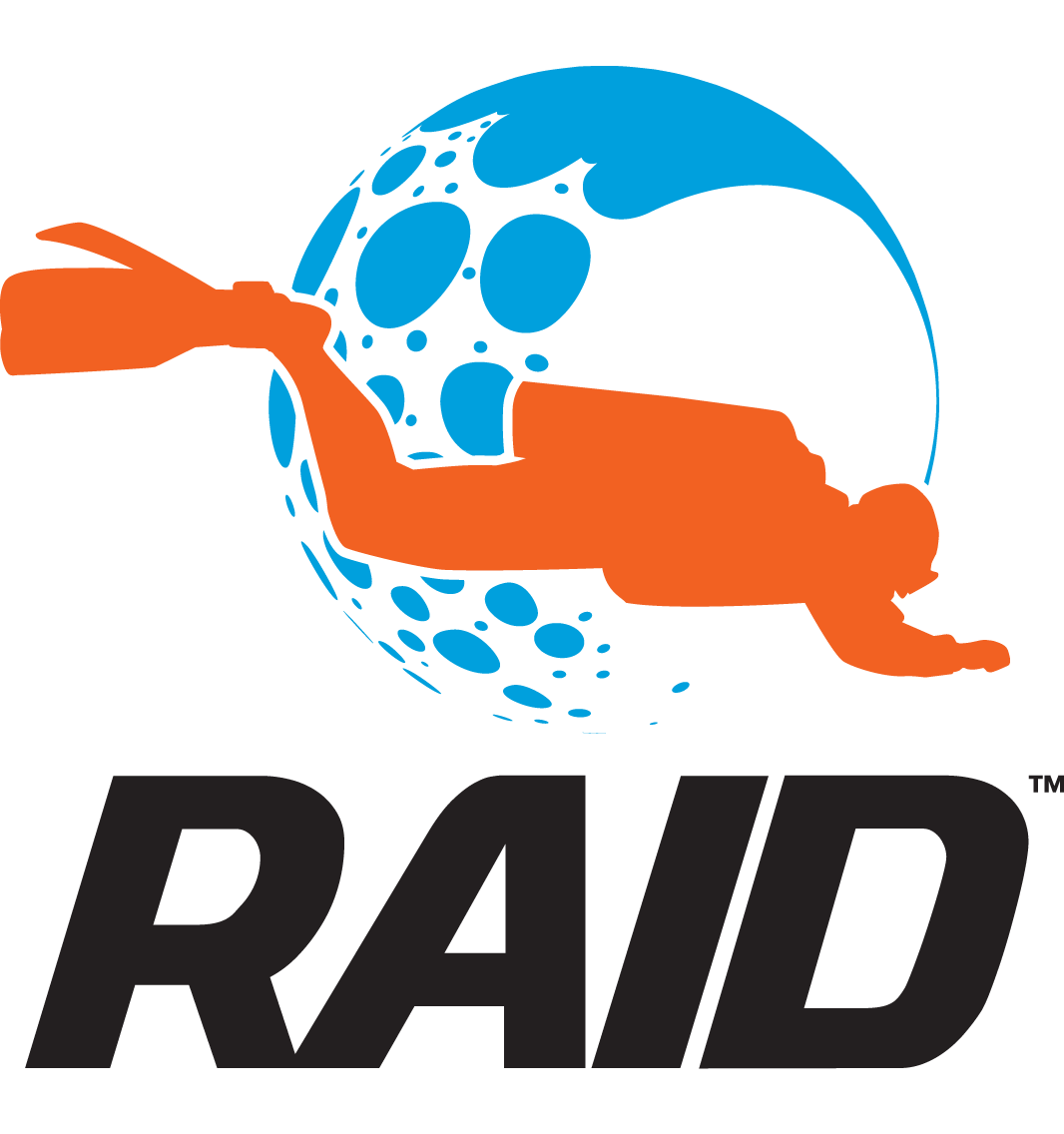
RAID Drysuit
Course Overview
Keep warm and keep diving!
For some, the fear of being cold can far outweigh the love of diving. During the cooler months, Victoria’s diving comes alive, the visibility improves along with the weather needed to go and explore our amazing southern waters.
This program covers all you need to know about drysuit diving and takes you through all the different aspects which are important for new and experienced divers.
In the academics, we will cover topics such as;
- Hypothermia
- Facts to be considered when diving
- Drysuit construction and how they stay dry
- Best suit for recreational diving and how do you know if it fits correctly
- Insulation and undergarments
- Seals, zips, valves and accessories
- Buoyancy and inflation systems
- Annual servicing
The confined water sessions will allow you to master buoyancy control and put to rest any fears you may have about this aspect before you venture out into open water. With a large emphasis on weighting, control and trim you will be ready to jump into the open water sessions in no time.
The first open water dive will be a shallow dive where you can once again spend time developing the necessary skills needed to dive in a drysuit before heading out for the second dive of which one will be from a boat. The boat dive will allow you to dive your new suit whilst under the supervision and guidance of your instructor. The skills that you will learn with this programme will help you to become a comfortable and safe drysuit diver.
So what are you waiting for? Winterproof your diving and explore the oceans and keep toasty warm!
Non-Certified Divers – wanting to learn to dive with a drysuit shall complete the basic diver course:
Open Circuit Level 1 and this Drysuit Speciality
OR
Rebreather Level 1, Rebreather Speciality and Drysuit Speciality
Certified Divers – from another recognized training agency wanting to extend their experience to dive with a drysuit and enter the RAID training programme shall complete:
The Level of training chosen by the diver (eg Level 2 or 3 etc)
AND
This Drysuit Speciality
RAID Certified Divers – wanting to extend their experience to dive with a drysuit:
For a RAID certified diver, the skill requirements of this Speciality will be “stand-alone”
RAID Certified Divers – wanting to extend their experience to dive with a drysuit and go to the next level:
The skills in this Speciality are in addition to the level of training chosen within the RAID courses offered.
Bay City Scuba will supply all your hardware during your open water course which you can hire.





You will need to bring the following soft wear equipment to your practical component of this course.
Single Back Mount Configuration:
- Single cylinder of adequate capacity (11litres or above)
- DIN First stage
- One Standard regulator with 2m / 7ft hose with piston clip for clipping off regulator when stowed or standard short hose configuration.
- One Back up regulator wit standard length hose fitted with a neck bungee
- One low pressure inflator hose for BCD
- One low pressure inflator hose for Dry Suit
- One SPG with piston clip for attaching to D’Ring when stowed
- (When using any helium mixes, an off board dry suit inflation system must be used or bailout gas must be used for suit inflation)
BCD must be adequate, has the capacity to carry a side sling cylinder and must have adequate lift.
Twinset Equipment Configuration:
- Twin Cylinder with an isolation manifold and DIN valves.
- Minimum10 liter cylinders (12 liter is preferred)
Right-hand post regulator:
- DIN First stage, primary regulator with 2m / 7ft hose with piston clip for clipping off regulator when stowed. This regulator must be HOG LOOPED
- One low pressure inflator hose for BCD or Dry Suit depending on harness configuration
- One SPG with 15cm / 6 inch HP hose
If using Transmitter style computers, transmitter to be placed on this side.
Left-hand post regulator:
- DIN First stage, One Back up regulator wit standard length hose fitted with a neck bungee
- One low pressure inflator hose for Dry Suit or BCD depending on harness configuration
- One SPG with 15cm / 6 inch HP hose
(When using any helium mixes, an off board dry suit inflation system must be used or bailout gas must be used for suit inflation)
Side Sling Cylinder Configuration:
- One suitable DIN regulator with SPG on a 15cm / 6 inch HP hose that conforms and is compliant with the gas being used and any local laws.
- One Primary regulator with a 1m / 3ft hose
- One rigging kit
- One Cylinder (minimum 5.7 litre / 40 cft, recommended 11 liter 80 cft)
Sidemount Equipment Configuration:
- Cylinders with DIN valves and preferably left and right side valves adequate for sidemount diving.
- Minimum 10 litre, 232 bar cylinders
- 12 litre, 232 bar cylinders prefered
- 7 litre, 300 bar cylinders are possible (consult with your instructor)
- Appropriate sidemount rigging kits on all cylinders
- Sidemount harness must be adequate, has the capacity to carry a side sling cylinder and must have adequate lift.
General Diving Equipment and Accessories:
- 1 x primary mixed gas (Helium capable) dive computer if completing and mixed gas programs
- 1x secondary mixed gas dive computer or dive timer with gauge mode
- 1 x wet-notes
- 1 x wrist slate
- 1 x Orange SMB
- 1 x Yellow SMB
- 1 x 40m minimum spool or reel
- 1 x 30m spool
- 1 x 15-20m spool
- 4 x double ended Piston clips
- 2 x cutting devices (sensible knife or line cutters no massive Rambo knives)
- 1 x Primary Mask
- 1 x Backup mask (must fit and be useable)
- 1 Primary torch that has sufficient illumination for signaling buddy in low light conditions)
- 2 Back-up torches
- 1 Suitable exposure suit (drysuit, undergarments, semidry or wetsuit depending on water temperature)

